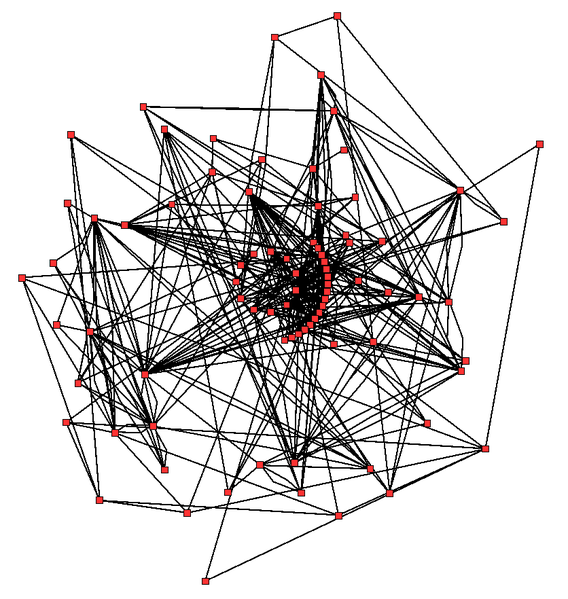Summary
The following lectures are given at University of Chicago in June 2019 under the auspices of the Committee on Computational and Applied Mathematics and the Department of Statistics. Each day will treat a different topic with a two-lecture sequence: one to set up the topic and the terminology, and one to explore some recent developments. Titles and abstracts are given below. All talks take place in the Stevanovich Center, Room 112.
Monday, July 17: Latent factor models
Approximate low-rank factorizations pervade matrix data analysis, often interpreted in terms of latent factor models. After discussing the ubiquitous singular value decomposition (aka PCA), we turn to factorizations such as the interpolative decomposition and the CUR factorization that offer advantages in terms of interpretability and ease of computation. We then discuss constrained approximate factorizations, particularly non-negative matrix factorizations and topic models, which are often particularly useful for decomposing data into sparse parts. Unfortunately, these decompositions may be very expensive to compute, at least in principal. But in many practical applications one can make a separability assumption that allows for relatively inexpensive algorithms. In particular, we show how to the separability assumption enables efficient linear-algebra-based algorithms for topic modeling, and how linear algebraic preprocessing can be used to “clean up” the data and improve the quality of the resulting topics.
Wednesday, July 19: Scalable kernel methods
Kernel methods are used throughout statistical modeling, data science, and approximation theory. Depending on the community, they may be introduced in many different ways: through dot products of feature maps, through data-adapted basis functions in an interpolation space, through the natural structure of a reproducing kernel Hilbert space, or through the covariance structure of a Gaussian process. We describe these various interpretations and their relation to each other, and then turn to the key computational bottleneck for all kernel methods: the solution of linear systems and the computation of (log) determinants for dense matrices whose size scales with the number of examples. Recent developments in linear algebra make it increasingly feasible to solve these problems efficiently even with millions of data points. We discuss some of these techniques, including rank-structured factorization, structured kernel interpolation, and stochastic estimators for determinants and their derivatives. We also give a perspective on some open problems and on approaches to addressing the constant challenge posed by the curse of dimensionality.
Friday, July 21: Spectral methods in network analysis
Linear algebra methods play a central role in modern methods for large-scale network analysis. The same approach underlies many of these methods. First, one tells a story that associates the network with a matrix, either as the generator of a linear time-invariant dynamical process on the graph or as a quadratic form used to measure some quantity of interest. Then, one uses the eigenvalues and eigenvectors of the matrix to reason about the properties of the dynamical system or quadratic form, and from there to understand the network. We describe some of the most well-known spectral network analysis methods for tasks such as bisection and partitioning, clustering and community detection, and ranking and centrality. These methods largely depend only on a few eigenvalues and eigenvectors, but we will also describe some methods that require a more global perspective, including methods that we have developed for local spectral clustering and for graph analysis via spectral densities.
